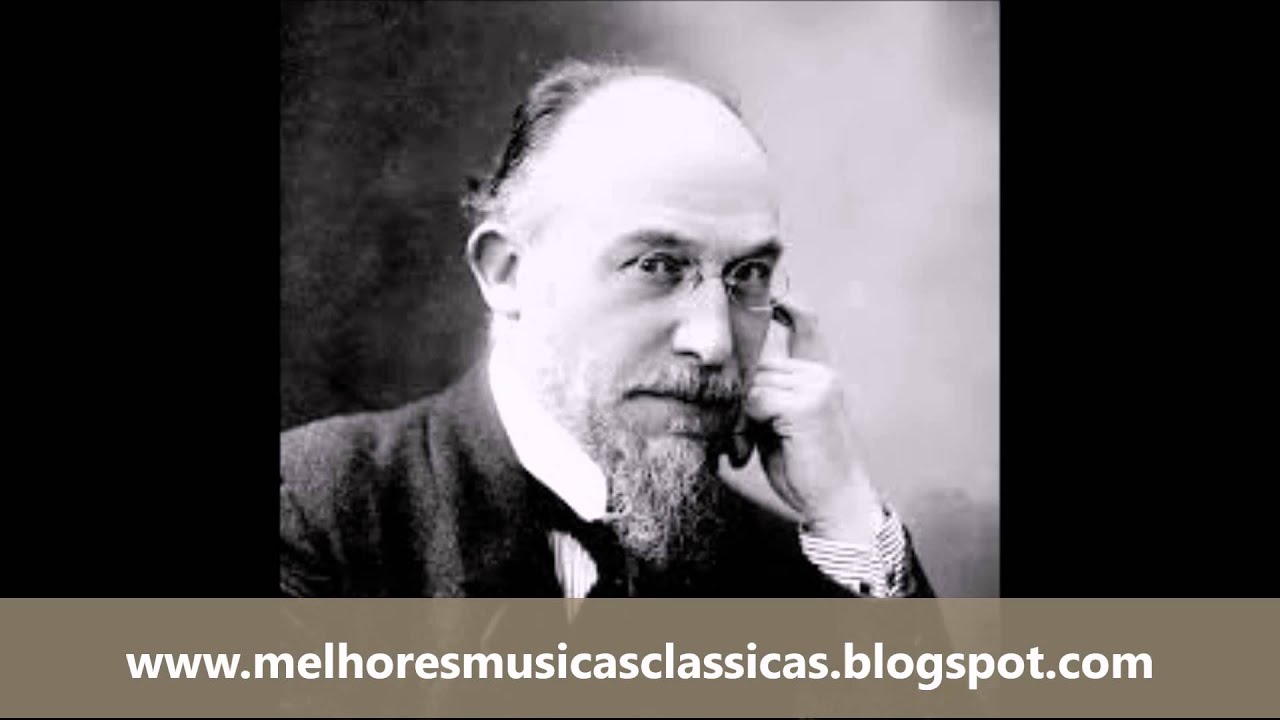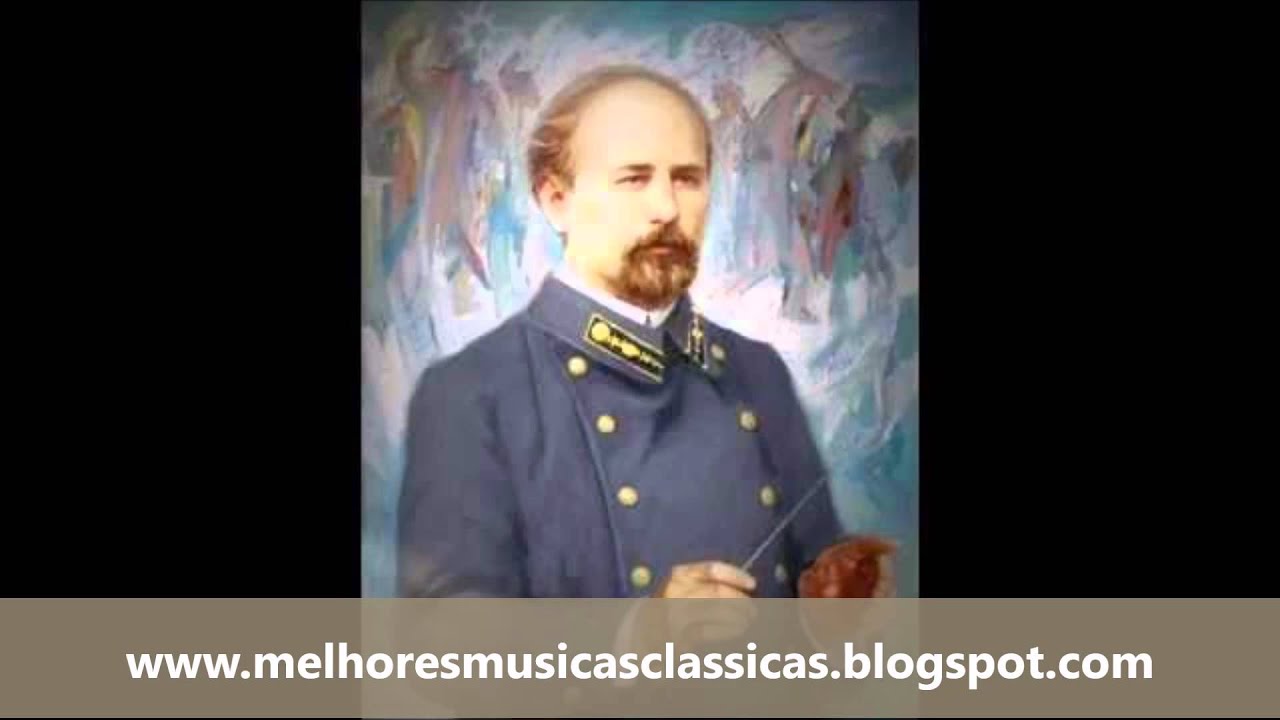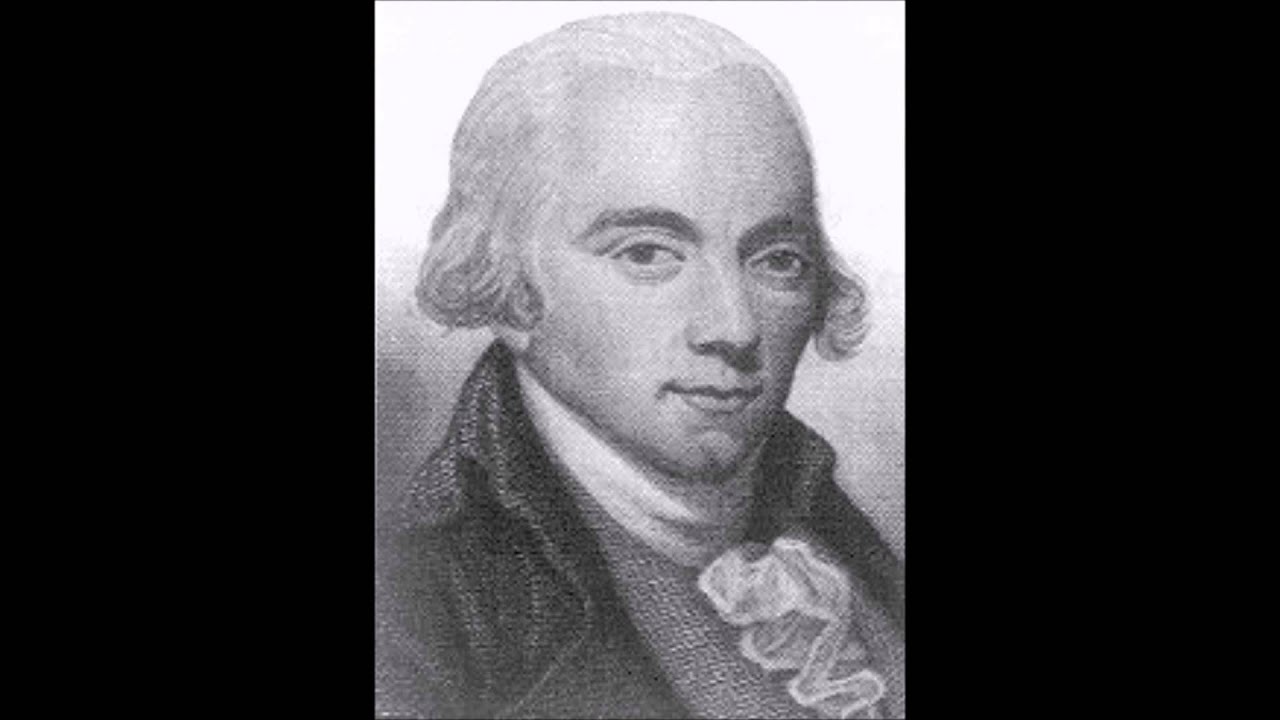
Schmidt – Notre Dame Intermezzo
Franz Schmidt – Notre Dame Intermezzo Franz Schmidt (22 December 1874 – 11 February 1939) was an Austro-Hungarian composer, cellist and pianist. Schmidt was born in Pozsony[…]

Satie – Gymnopedie 1, 2, 3
Erik Satie Éric Alfred Leslie Satie (17 May 1866 – 1 July 1925), who signed his name Erik Satie after 1884, was a French composer and[…]

Mykola Leontovych – Carol of the Bells
Mykola Leontovych – Carol of the Bells Mykola Dmytrovych Leontovych (13 December 1 1877 – 23 January 1921) was a Ukrainian composer, choral conductor, and teacher[…]

Clementi – Sonatina No. 6 (1° Mov)
Muzio Clementi – Sonatina No. 6 (1° Mov) Muzio Filippo Vincenzo Francesco Saverio Clementi (23 January 1752 – 10 March 1832) was an Italian-born English composer,[…]

Trimble – Four Fragments from the Canterbury Tales, I Prologue
Lester Trimble – Four Fragments from the Canterbury Tales, I Prologue Lester Albert Trimble (August 29, 1923 Bangor, Wisconsin – December 31, 1986 New York City)[…]

Boccherini – Concerto for Cello and Orchestra In B flat Major
Luigi Boccherini Ridolfo Luigi Boccherini (February 19, 1743 – May 28, 1805) was an Italian composer and cellist of the Classical era whose music retained a[…]

Gluck – Orfeo ed Euridice – Dance of the Blessed Spirits
Christoph Willibald Gluck – Orfeo ed Euridice – Dance of the Blessed Spirits Christoph Willibald (Ritter von) Gluck (15 November 1787) was a composer of Italian[…]

Pandora Selfridge – Three Dramatic Études
Pandora Selfridge Three Dramatic Études For more: http://www.melhoresmusicasclassicas.blogspot.com

Gluck – Sgambati Melody from Orfeo ed Euridice
Christoph Willibald Gluck – Sgambati Melody from Orfeo ed Euridice Christoph Willibald (Ritter von) Gluck (born 2 July, baptized 4 July 1714 – 15 November 1787)[…]

The Best of Ragazzi
Angelo Ragazzi (12. Oktober 1750 in Wien) war ein italienischer Komponist und Violinist. Ragazzi erhielt seine Ausbildung in Neapel am Conservatorio S.Maria di Loreto bei Gian[…]